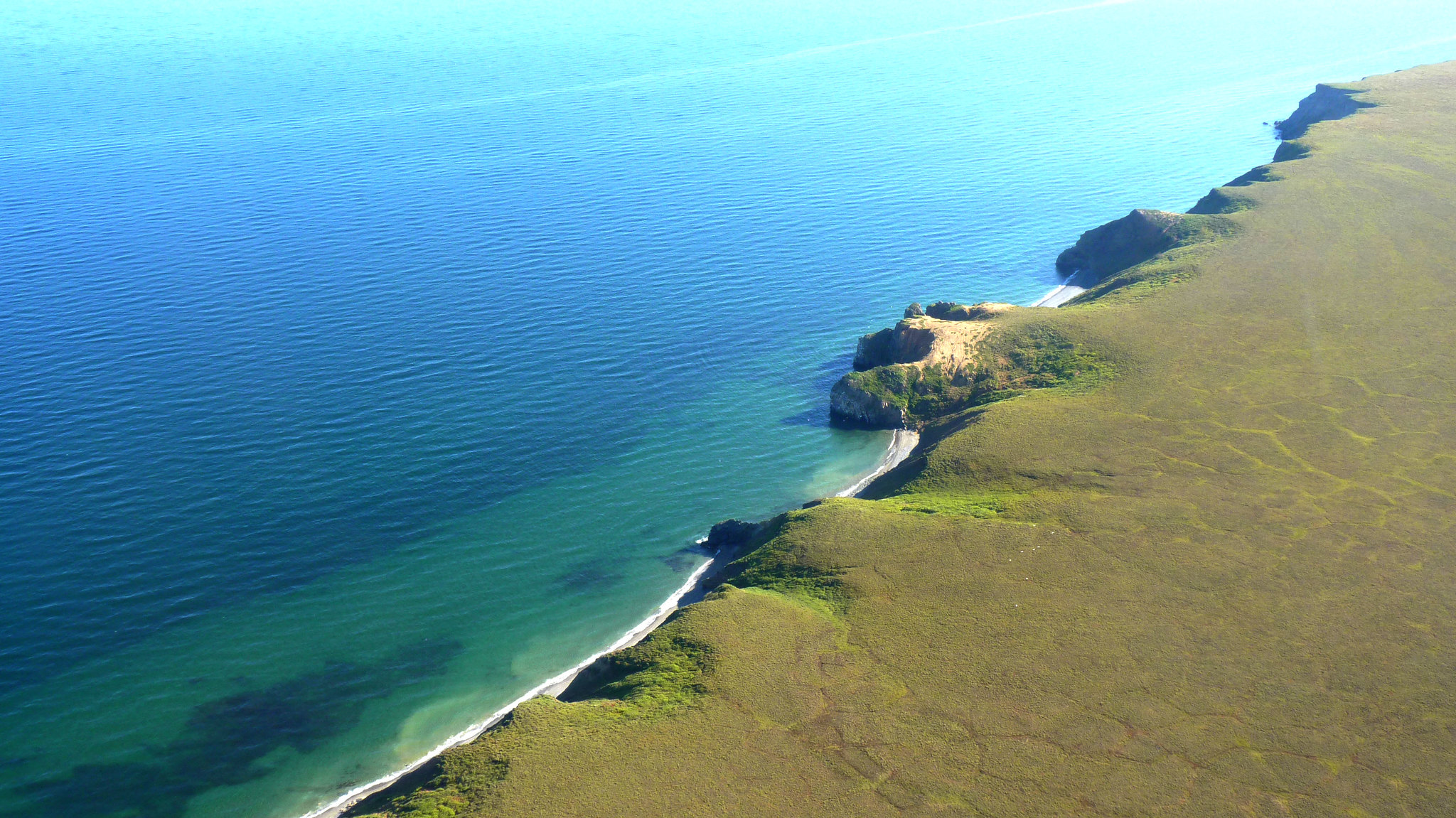Three things a Biden administration can do right away to refocus US Arctic policy
The U.S. needs better federal Arctic coordination at home and abroad. These three steps are a good first start.

Editor’s note: This op-ed is part of a series offering Arctic policy recommendations to the incoming administration of President-elect Joe Biden. Follow our social media channels (Facebook, Twitter) or subscribe to our daily newsletter to be the first to read new installments.
The Arctic deserves attention from the Biden Administration for many reasons. Domestically, it is part of the United States, with citizens, resources, Indigenous cultures and vulnerable ecosystems that are all at risk due to climate change. Internationally, its strategic location and geopolitical significance — and its influence on global climate and sea level — make it a region that requires strategic and impactful engagement. The list of steps that an incoming administration can — and should — take to evaluate and address all of the above considerations is long. But there are some that are relatively non-controversial and essential, and could be easily implemented by a Biden administration right away. Here are three:
First, re-establish the Northern Bering Sea Climate Resilience Area, originally created by President Barack Obama through an executive order in response to the recommendation of the Bering Sea elders, Kawerak (the Alaska Native nonprofit representing the region) and other leaders of the Bering Strait region. The changing climate and the increased human activity — including international shipping — mean greater risks to the people, marine mammals, and health of this ecosystem, which is important for subsistence, food security and biodiversity. This area requires specialized management protections, and it must have a system that connects federal, state, local and tribal interests in the decisions.
Second, restore the Arctic Executive Steering Committee to organize, coordinate and leverage federal agency actions in the U.S. Arctic. More than a dozen federal agencies have responsibilities in the region, but no one agency has the authority or ability to assure adequate focus and collaboration among them. Moreover, it is too often the case that the lack of coordination makes it much more difficult for the state, communities and tribes to get necessary and appropriate federal assistance for major challenges like village relocations.
Third, appoint a U.S. Ambassador for the Arctic to lead the American efforts at the Arctic Council, and all other international forums focused on international policy for the Arctic. All of the other Arctic nations have appointed such a person, as have many non-Arctic countries including Japan and Korea. From time to time the U.S. has designated a person at the State Department to coordinate Arctic affairs — but without the stature, authority and resources to effectively engage with peer countries. Appointing an ambassador-level diplomat would change that.
Many other actions are needed, from infrastructure to science funding. However, these three things could be done quickly and would demonstrate that the United States is giving the Arctic renewed attention and making it a priority under a Biden administration.
Fran Ulmer is former lieutenant governor of Alaska, former chair of the United States Arctic Research Commission and currently a senior fellow at the Arctic Initiative at Harvard University’s Belfer Center for Science and International Affairs.
The views expressed here are the writer’s and are not necessarily endorsed by ArcticToday, which welcomes a broad range of viewpoints. To submit a piece for consideration, email commentary (at) arctictoday.com.